Scotland is a land of myths and legends. The stories of Scotland have inspired writers, artists and poets for centuries. Robert Burns and Robert Louis Stevenson both recalled as adults the tales of ghosts, magic and witches they had heard as children.
The Loch Ness Monster
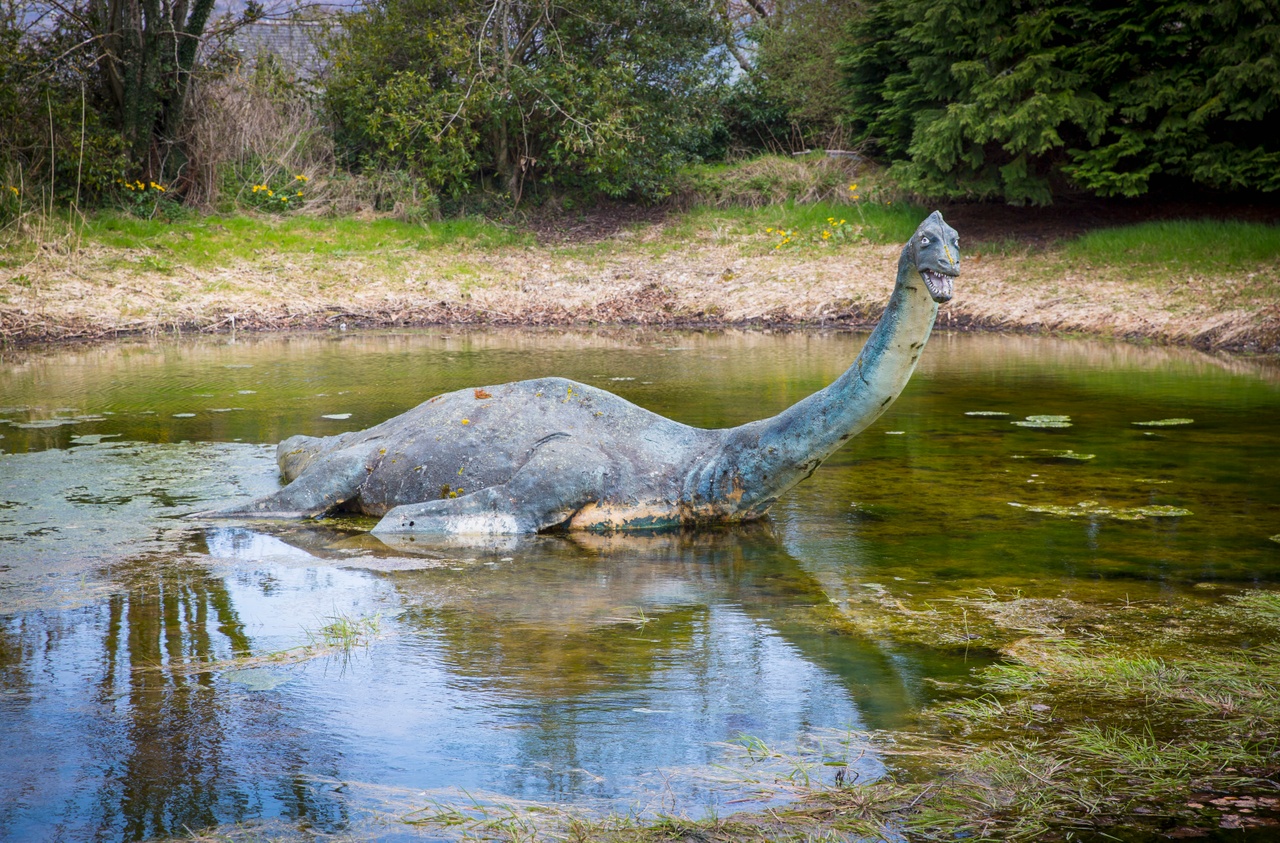
One of Scotland’s most famous unsolved mysteries is that of the Loch Ness Monster (or ‘Nessie’ as it has affectionately come to be known).
The large dinosaur-like creature is reputed to inhabit Loch Ness in the Scottish Highlands. ‘Nessie’ has a long neck and one or more humps protruding from the water. The first recorded sighting of the monster was nearly 1,500 years ago when a giant beast is said to have leaped out of a lake near Inverness and eaten a local farmer. Since then, the myth of the Loch Ness Monster has magnified.
In 1934, a London doctor snapped a photograph that seemed to show a dinosaur-looking creature emerging from the water. Dozens of sightings have since been claimed, many of which have turned out to be hoaxes. In 2009, a newspaper reader claims to have spotted ‘Nessie’ whilst browsing Google Earth’s satellite photos of Loch Ness.
Regardless of the truth, the suggestion of the monster’s existence makes Loch Ness one of Scotland’s most popular tourist attractions with thousands visiting its shores each year with the hope of catching a rare glimpse of the famous monster.
In 2003, the BBC sponsored a search of the loch using 600 sonar beams and satellite tracking. No animal of substantial size was found and, despite their reported hopes, the scientists admitted this “proved” the Loch Ness Monster was a myth.
Kelpies

The mythical kelpie is the Scots name given to a supernatural water horse that was said to haunt Scotland's lochs and lonely rivers. It has usually been described as appearing as a horse but is able to adopt human form. However, some accounts state that the Kelpie retains its hooves when appearing as a human, leading to its association with the Christian idea of Satan. Robert Burns alludes to this idea in his 1786 poem “Address to the Deil.”
The kelpie would appear to its victims as a lost dark grey or white pony but could be identified by its constantly dripping mane. It would entice people to ride on its back, before taking them down to a watery grave.
One specific story talks of a Kelpie captured by the Laird of Morphie. The Laird harnessed the strength of the horse-form Kelpie by using a halter stamped with the sign of a cross. The captor forced the kelpie to carry heavy stones to build his castle and when the work was complete, the laird released the kelpie who was understandably unhappy in its treatment. The kelpie cursed the Laird of Morphie, a reason popularly believed to explain the extinction of the Laird family.
Selkies
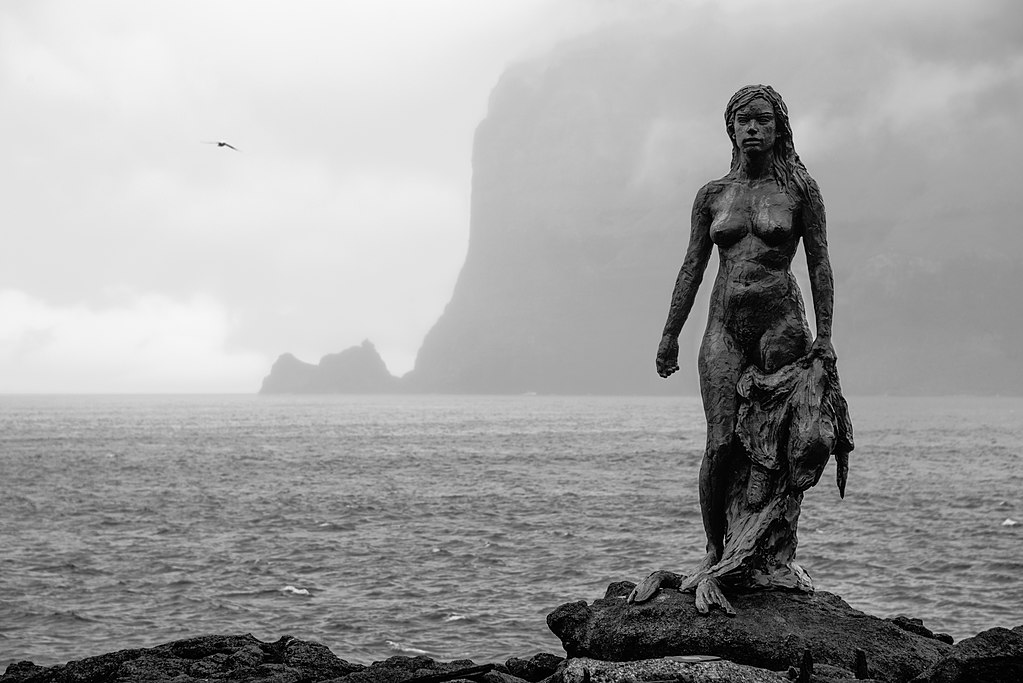
Selkies were mythical creatures that could transform themselves from seal to human form and back again. The legend of the selkie apparently originated on the Orkney and Shetland Islands where selch or selk(ie) is the Scots word for seal. Tales once abounded of a man who found a beautiful female selkie sunbathing on a beach, stole her skin and forced her to become his wife and bear his children. The selkie woman was often seen gazing lovingly at the ocean. Years later, the selkie found her skin and later escaped back to seal form and to the sea, leaving her own children behind, never to return.
Some versions of the legend say that the selkie revisits her children on land once a year, others say that the children would witness a large seal approach them and say hello.
A Shetland version of the tale about the selkie compelled to become a human wife was published in 1822. In this edition, the selkie already had a husband of her own kind in the ocean before she was forced to stay on land. Some stories from Shetland have selkies luring islanders into the sea at midsummer, the lovelorn humans never returning to dry land.
Fingal's Cave
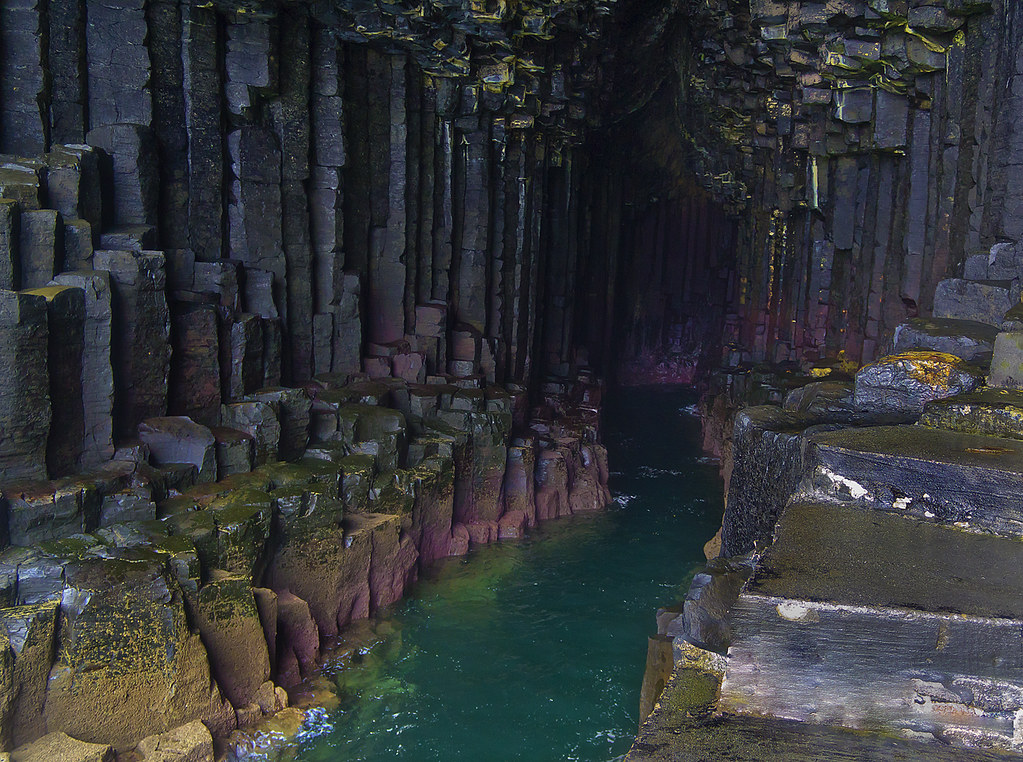
A huge sea cave on the uninhabited island of Staffa in the Inner Hebrides, the cave is formed entirely from hexagonally jointed basalt columns, a similar structure to the Giant’s Causeway in Northern Ireland.
Known for its natural acoustics, the origins of its name are unknown. Some say it became known as Fingal's Cave after the eponymous hero of an epic poem by 18th-century Scots poet-historian James Macpherson, who claimed to have translated the poem from ancient Gaelic.
Others claim Around 250 AD Finn MacCumhaill, or Fingal, was possibly an Irish general who had a band of faithful warriors. Finn is supposed to have been the father of Ossian, traditional bard of the Gaels. Gaels migrated into Scotland from Ireland until the Norsemen began their raids on the Scottish coast, and the stories of Fingal would doubtless have come across too. Soon he became revered in Scotland and, boosted by the Ossianic heroic verse and songs, his name was a natural choice to assign to this dramatic and awe-inspiring cavern.
Another legend has it that the Irish giant Finn McCool built the Giant’s Causeway between County Antrim and Scotland, so that he could cross the ocean without getting his feet wet.
Romantic composer Felix Mendelssohn visited in 1829 and wrote an overture, The Hebrides (also known as Fingal's Cave overture), inspired by the weird echoes in the cave and one of Pink Floyd’s early songs is also called Fingal’s Cave.
Corryvreckan Whirlpool
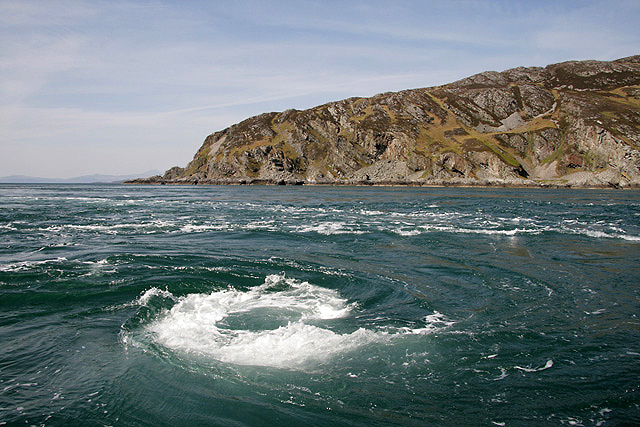
The Gulf of Corryvreckan (from the Gaelic ‘Coire Bhreacain’ meaning "cauldron of the speckled seas" or "cauldron of the plaid"), also called the Strait of Corryvreckan, is a narrow strait between the islands of Jura and Scarba, off the west coast of mainland Scotland.
The Corryvreckan is the third-largest whirlpool in the world. Flood tides and inflow from the Firth of Lorne to the west can drive the waters of Corryvreckan to waves of more than 30 feet (9.1m), and the roar of the resulting maelstrom can be heard 10 miles (16km) away.
Another legend surrounds Norse king Breacan. In various stories, Breacan moored his boat near the whirlpool to impress the father of a local princess, who wanted him to anchor by the whirlpool for three days and three nights.
The prince had three ropes made, one from hemp, one from wool and one from maidens’ hair. It was said that the purity of the maidens’ hair would make the rope unbreakable. However, on the first night, the hemp rope snapped, on the second it was the wool rope and on the third night, the hair rope snapped. The boat was subsequently dragged under. When the only surviving crew member dragged the body of the prince ashore, one maiden, wracked with guilt, confessed that she was not as pure as she had made out and that was why the rope broke.
The Nine Maidens of Dundee
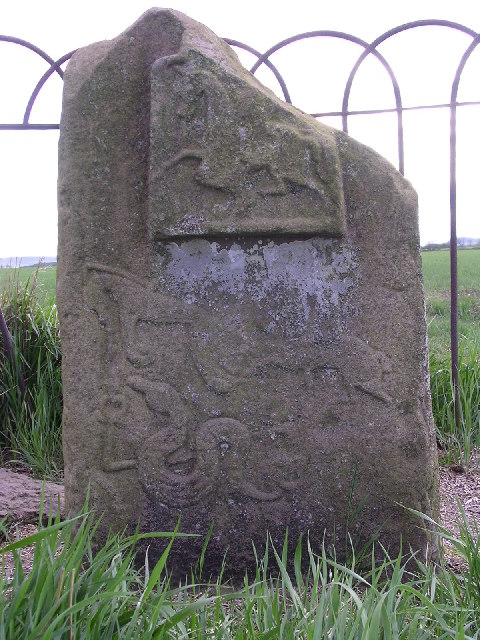
A farmer lived with his nine, beautiful daughters on a farm known as Pitempton. After a busy day of work, the farmer sent his eldest daughter to gather water from a nearby well. When she failed to return, he sent his second-oldest daughter, and so on and so on.
When all had failed to return, he went to investigate, only to find the slain bodies of his nine lovely daughters strewn across the ground by the well. Coiled around their battered bodies, basking in the blood of the innocent victims, the farmer was aghast to see a huge serpent-like dragon.
Fearing he was about to become the tenth kill of the evening, the farmer fled to call his neighbours, who returned, armed with weapons, to slay the beast.
Perhaps sensing that it was no match for the baying mob, the dragon attempted to make its escape, but a young man named Martin caught up with it. Using only a wooden club, he beat the dragon, eventually slaying it as the crowd yelled “strike, Martin”.
The place where the dragon was defeated was named “Strike-Martin” and was subsequently named Strathmartine – a name which lives on in the name of a school and a street in Dundee. Martin's Stone stands alone in a field one mile north of the village of Bridgefoot (previously known as Kirkton of Strathmartine), itself now on the northern fringes of Dundee.
Walk down the city’s High Street, and you’ll come face to face with a statue of the dragon.
The Stoor Worm
-p059-Stoor_Worm-by-M_H_Squire.png)
The Stoor Worm, or Mester Stoor Worm, was a gigantic evil sea serpent in Orcadian folklore, capable of contaminating plants and destroying animals and humans with its putrid breath. It is probably an Orkney variant of the Norse Jormungandr, also known as the Midgard Serpent, or world serpent, and has been described as a sea dragon.
Every Saturday at sunrise, the Stoor Worm would wake, open his cavernous mouth and yawn nine times. He would then demand a meal of seven virgins for as the old tales record: "although he was a venomous beast, he had a dainty taste."
The king of one country threatened by the beast's arrival was advised to offer it a weekly sacrifice of seven virgins. In desperation the king eventually issued a proclamation offering his kingdom, his daughter's hand in marriage and a magic sword to anyone who could destroy the monster.
Assipattle, the youngest son of a local farmer, defeated the creature; as it died its teeth fell out to become the islands of Orkney, Shetland and the Faroes, and its body became Iceland.
It is noted that the slaying of the dragon by Assipattle is not dissimilar to other tales of the genre. The reason for this is believed to be that the stories took shape during a period of enlightenment where human sacrifices to great beasts and monsters were beginning to be suppressed.
The Ghost Piper of Clanyard Bay
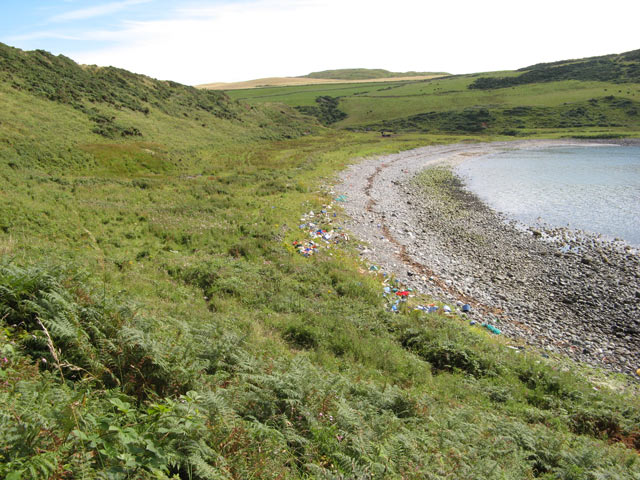
The unmistakable blast of the bagpipes is a common sound in Scotland, particularly in our cities and at festivals and celebrations. But what happens when the piper himself vanishes into thin air? There are several stories of phantom pipers throughout Scottish history and folklore.
In days gone by, a dark network of tunnels was said to extend from the Cove of Grennan to the cliffs of Clanyard Bay, near Stranraer.
Locals believed that fairies lived in these tunnels and caves, and no one dared to go inside and disturb them until one day, a piper boldly entered the caves. He played his pipes loudly, accompanied by his faithful brown dog.
The music droned on for hours, slowly fading away until it couldn’t be heard. Suddenly, the dog ran out of the cave terrified and howling, without any of its hair! The piper was never seen again.
Although the caves are now long gone, on summer nights, passers-by have heard the distant sound of bagpipes coming from deep under the ground.
Perhaps it’s the wind whistling through the old underground caves, maybe it’s just a trick of the mind, or maybe…just maybe, it’s the spirit of the piper, playing his Scottish melodies forevermore.
The Gorbals Vampire
.jpg)
Back in the 1950s, the Gorbals area of Glasgow was being terrorised.
Stories had been circulating in the Gorbals about missing children, believed killed, the culprit was said to be a seven-foot vampire, with iron teeth lurking in the Southern Necropolis. The adults wouldn’t believe the kids, so the kids decided to deal with this monster once and for all – by themselves. In 1954, hundreds of young kids from the Gorbals area of Glasgow swarmed into the creepy Necropolis graveyard.
The police were called but couldn’t move the children, it took a local Head Teacher to finally disperse the crowd.
Local historians believe the mass panic stemmed from the legend of “Jenny wi’ the Iron Teeth”, a murderous ghost said to haunt Glasgow Green. There was also an American comic book at that time entitled: “The Vampire with the Iron Teeth”.
After the story appeared in the local press, it gained worldwide coverage. An unlikely alliance of Christians, communists and the National Union of Teachers blamed imported American horror comic books for the mass hysteria.
The campaign ultimately reached Parliament, resulting in the 1955 Children and Young Persons (Harmful Publications) Act which still stands today.
A stage play, and a graphic novel have told the story of the Gorbals Vampire, and a large mural of the beast guards a local railway arch.
Robert the Bruce and the Spider
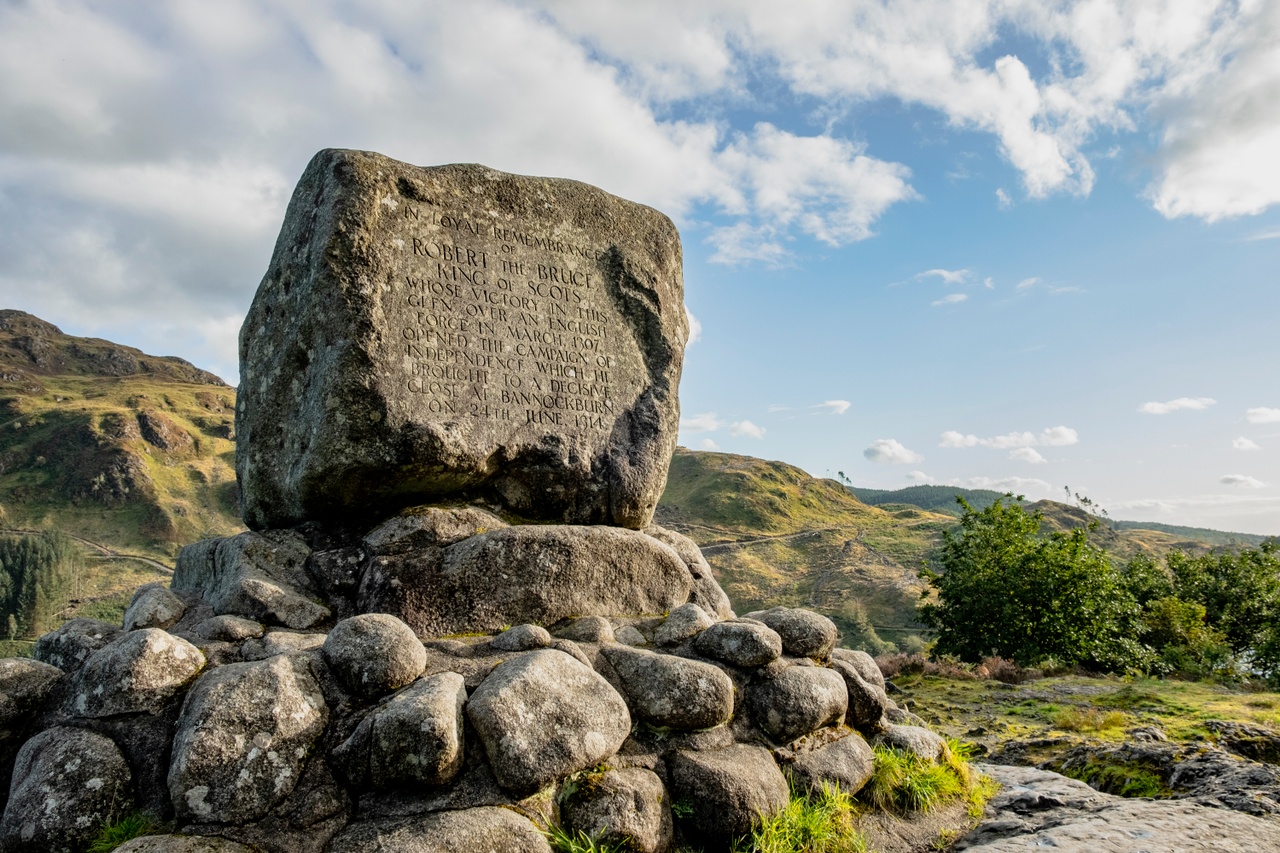
Robert the Bruce is well known in Scotland and across the world due to the part he played in the wars of Scottish independence and films such as Outlaw King. He was born in 1274 at Lochmaben castle where he was Knight and Overlord of Annandale. In 1306 he was crowned King of Scotland and subsequently tried to free Scotland from the English enemy.
After being defeated in battle in 1306 by the Earl of Pembroke at Methven, Robert the Bruce went into hiding, supposedly in the Western Isles. He resided in a cave for three months, at the lowest point of his life and struggling to come up with a plan about what to do next, contemplating leaving the country never to return.
However, while Robert the Bruce was waiting, legend has it that he watched a spider building a web in the entrance to the cave. The typically stormy Scottish weather, not one to disappoint, made the spider’s task difficult as droplet after droplet destroyed the creature's intricate work. Finally, against all odds, the spider succeeded with his web.
Robert the Bruce was inspired by the spider’s efforts, so decided to get up and face another fight. He is said to have told his men: “If at first you don’t succeed, try try and try again,” which is a phrase used still to this day.